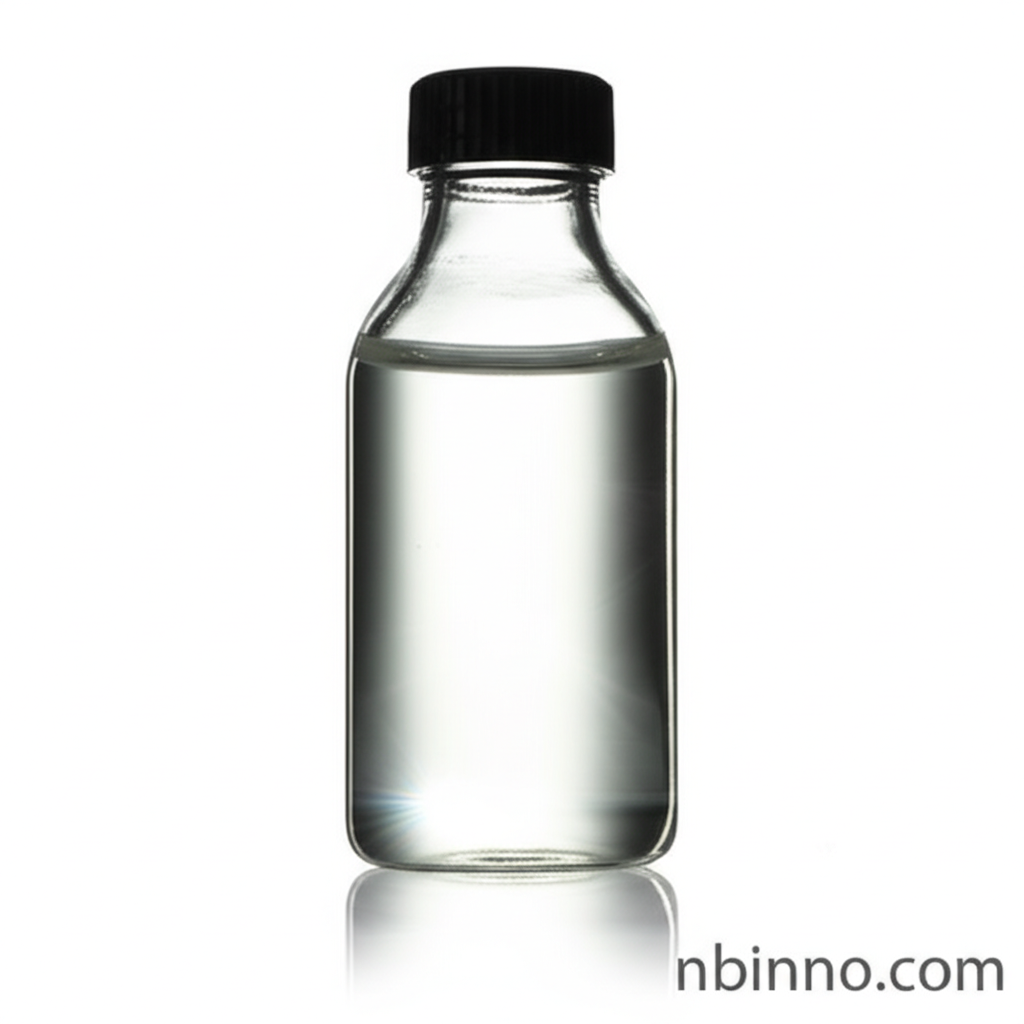2-Mercaptoethanol: A Versatile Chemical for Diverse Industrial and Laboratory Applications
Discover the multifaceted applications and essential properties of 2-Mercaptoethanol in modern industry and research.
Get a Quote & SampleProduct Core Value

2-Mercaptoethanol
2-Mercaptoethanol, also known as BME, is a highly effective chemical compound recognized for its potent reducing capabilities. Its unique molecular structure, featuring both a hydroxyl and a thiol group, grants it exceptional versatility across a wide array of applications, from crucial laboratory techniques to large-scale industrial processes. This chemical is indispensable for breaking disulfide bonds, a critical step in many biochemical and synthetic procedures.
- As a key reducing agent, 2-mercaptoethanol is vital for protein denaturation, a fundamental process in biochemistry.
- The chemical synthesis applications of 2-mercaptoethanol are extensive, serving as a valuable intermediate and reducing agent.
- Understanding the importance of 2-mercaptoethanol in SDS-PAGE procedures is crucial for researchers in molecular biology.
- Proper handling and understanding of 2-mercaptoethanol chemical properties are paramount for safe usage in any setting.
Key Advantages of 2-Mercaptoethanol
Powerful Reducing Agent
Its primary advantage lies in its ability to efficiently reduce disulfide bonds, crucial for protein structure analysis and other chemical reactions, making it an essential tool for those who need a reliable reducing agent.
Broad Industrial Applicability
From pharmaceutical manufacturing to textile dyeing, the diverse uses of 2-mercaptoethanol span numerous industries, showcasing its utility as a valuable chemical intermediate.
Biotechnology Essential
In biotechnology, 2-mercaptoethanol is indispensable for denaturing proteins and maintaining reducing environments, supporting critical laboratory work and buy 2-mercaptoethanol for your research needs.
Key Applications
Pharmaceuticals
Used as a reducing agent and stabilizer in pharmaceutical research and manufacturing, contributing to the study of protein structure and function.
Chemical Synthesis
An important reducing agent in laboratories and industrial processes, vital for breaking disulfide bonds in proteins and peptides during biochemical research.
Biotechnology
Essential for cell culture preparation and DNA/RNA analysis buffers, maintaining a reducing environment to prevent oxidation.
Textile and Leather Industry
Employed in wool, hair, and leather processing to break disulfide bonds in keratin, softening fibers and hides for improved manageability.
